Apple's rumored iPhone 17 Air may get the title of the thinnest iPhone ever, thanks to Novatek's cutting-edge display technology.
Taiwan's leading display driver IC manufacturer, Novatek, is set to begin mass production of OLED TDDI (Touch and Display Driver Integration) technology in the second quarter of 2025. OLED TDDI integrates touch and display functionality into a single chip, allowing for slimmer and more efficient screens.
Apple is anticipated to be one of the earliest adopters of this technology for its future iPhone models, potentially starting with the rumored iPhone 17 Air. The technology could lead to thinner, more energy-efficient OLED displays, giving Apple a competitive edge in display technology.
According to DigiTimes, the display technology could also enter Apple's other product lines, including iPads and Apple Watches, before expanding across its iPhone lineup. TDDI's integration can enhance design flexibility and performance, marking a notable shift from separate touch and display components traditionally used in OLED devices.
The impact on Apple's devices
Integrating OLED TDDI technology in future Apple devices could offer several key benefits. First, by merging touch and display drivers into a single component, Apple could reduce the thickness of its displays, leading to slimmer iPhones and iPads.
OLED TDDI also promises improved energy efficiency, as OLED technology already consumes less power than LCDs, and TDDI could further enhance battery life. Performance enhancements such as smoother touch responsiveness and faster display refresh rates are also ideal for Apple's premium product lines.
iPhone 17 rumors
The 2025 iPhone lineup, consisting of the iPhone 17, iPhone 17 Pro, and a new model, is expected to bring significant changes. One of the most notable rumors is the elimination of the Plus model due to underwhelming sales.
The iPhone Slim, also referred to as the iPhone Air by some leakers, is anticipated to be a much thinner version, possibly incorporating a titanium-aluminum alloy frame to prevent bending.
The iPhone 17 is expected to feature the A19 chip, with the Pro models benefiting from the first 2-nanometer chips developed by TSMC. These chips offer improved power efficiency and thermal management. Also, rumors suggest that the Pro models could increase RAM to 12GB, enhancing multitasking and performance for more robust applications.
Camera upgrades are also anticipated, with at least one model potentially offering adjustable apertures for improved portrait and video focus effects. A front camera upgrade, doubling the resolution to 24 megapixels, is also expected.
Due to its thinner design, the iPhone Slim may only feature a single camera to accommodate internal space constraints.
 Andrew Orr
Andrew Orr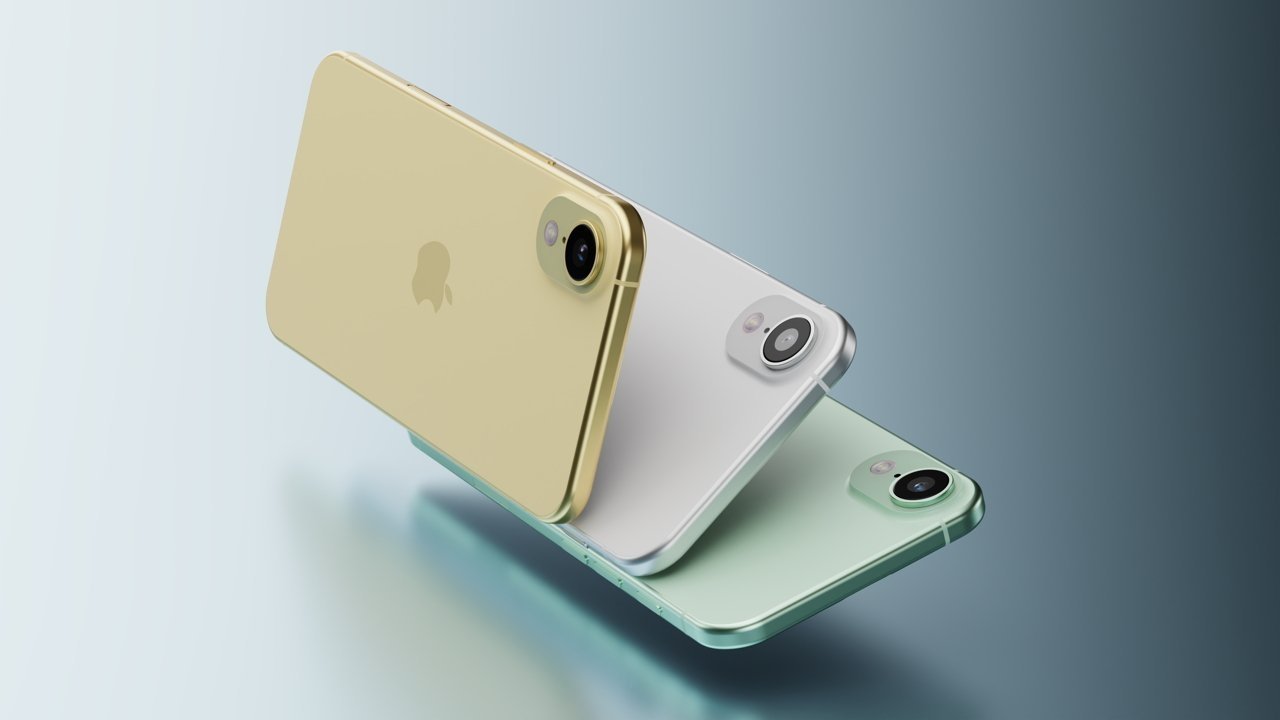
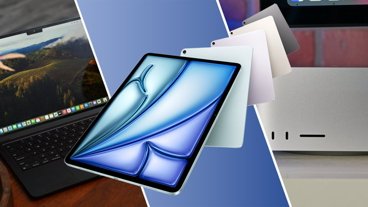



-m.jpg)


-m.jpg)





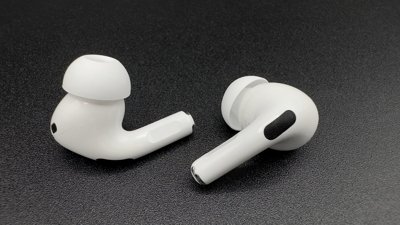
 Marko Zivkovic
Marko Zivkovic

 Malcolm Owen
Malcolm Owen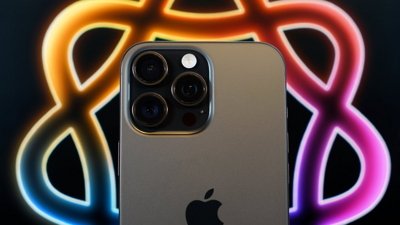

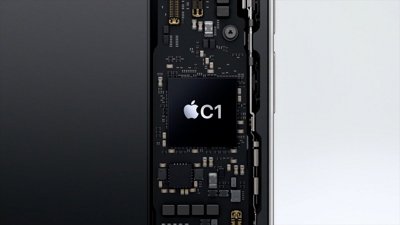
 Andrew O'Hara
Andrew O'Hara
 William Gallagher
William Gallagher
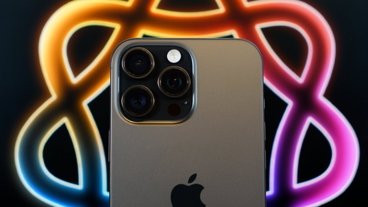







6 Comments
Excited for this rumored thinner iPhone. If the iPad Pro can be 5 mm thick, then the iPhone can be 5 mm. Next year will be a good year to retire my iPhone 12, and a 6.6" display at 0.2" thin? Sounds pretty nice to hold, pocket, and look at. Hopefully, the Süti PhoneBack MagSafe covers will still be around and they make one for this model.
Hmm, would be interesting if Apple has to use a single layer or single stack logic board for this device. iPhones have been using 2 stack logic boards for a long while now, where they consist of two PCBs stacked on top of each other. All 4 sides have chips and connectors on them.
A cool thing they can do is go the Apple Watch SiP route, and even evolve it some more. Take the single layer PCB logic board, encase it in ceramic and bond it to the substrate on the back of the display? Use the electro-chemical bonding they are using for the battery for the iPhone 16 models. So, if the logic board and the battery is electro-chemically bonded, this will increase the phone's stiffness.
Apple also have to have thought about the front cameras stick out too, on all of their devices from phones to laptops. Just have the front cam stick out. Having better front camera performance is one of those features that could stand improvement across the whole product line as the usage of video communication is only increasing.
I doubt it will be a single camera - it's likely that from now on, all new iphones will have two lens which is required for spatial photos.
If they can come anywhere near what they achieved with the iPhone 6, it will be my best phone upgrade in 10+ years, maybe best ever. Would using a pentaprism for the main camera (and if necessary skipping the 12mp tele) enable them to slim things down? I’d miss the tele for portraits and landscapes, but I’d appreciate a slimmer, lighter phone whenever I had it in my hand or pocket.